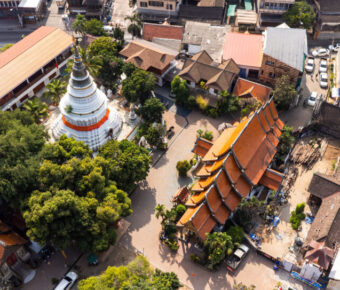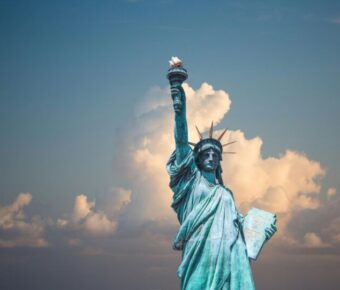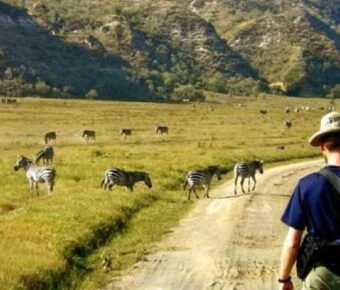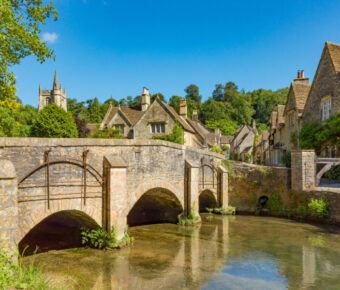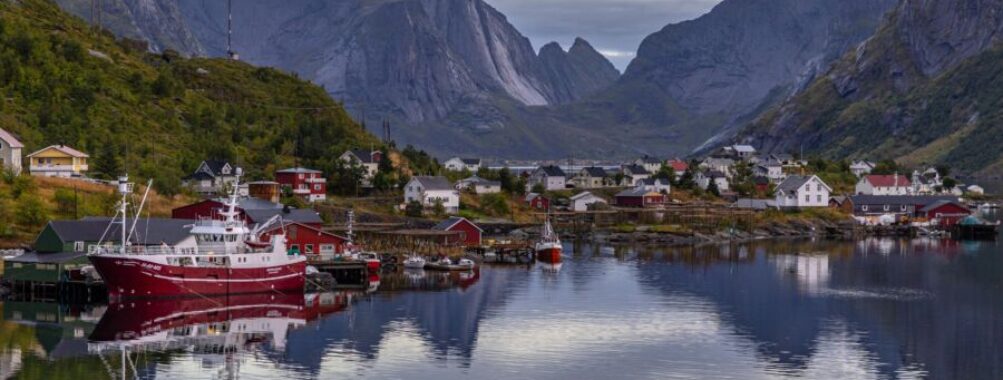
Norway Trip Cost: Affordable Fjord Adventure Under $1500
Planning a trip to Norway? You’re in for a treat! This stunning Scandinavian country offers breathtaking fjords, charming cities, and unforgettable natural wonders. A typical week-long vacation in Norway costs around $2,800 per person, including flights, accommodation, food, and activities. But don’t let that number scare you off – with some smart planning, you can experience Norway’s beauty without breaking the bank.
Norway is known for its high prices, but that doesn’t mean you can’t find ways to save. From budget-friendly hostels to free outdoor activities, there are plenty of options to help you stretch your kroner. You’ll find everything from cozy cabins in the mountains to sleek hotels in Oslo, with prices to fit different budgets.
Get ready to explore glaciers, watch the Northern Lights dance across the sky, and soak in the rich Viking history. We’ll break down the costs for you and share tips to make your Norwegian adventure both amazing and affordable. Let’s dive into the details of planning your dream trip to this Nordic gem!
Contents
- Key Takeaways
- Understanding Norway’s Cost of Living
- Comparison with Other Countries
- Factors Influencing Prices
- Planning Your Budget for Norway
- Estimating Daily Costs
- Money-Saving Tips
- Accommodation Costs in Norway
- Hotels and Hostels
- Alternative Lodging Options
- Transportation Expenses
- Public Transport
- Car Rentals and Fuel Costs
- Food and Dining Costs
- Eating Out
- Grocery Shopping
- Activities and Attractions
- Cultural and Historical Sites
- Outdoor Adventures
- Exploring the Cities
- Oslo on a Budget
- Bergen’s Affordable Gems
- Trondheim’s Cost-Saving Highlights
- More Travel Guides
Key Takeaways
- A week in Norway costs about $2,800 per person on average
- Accommodation and food are the biggest expenses, but budget options exist
- Free outdoor activities and smart planning can help reduce overall trip costs
Understanding Norway’s Cost of Living
Norway’s high standard of living comes with steep prices. Let’s look at how it compares globally and what drives costs up.
Comparison with Other Countries
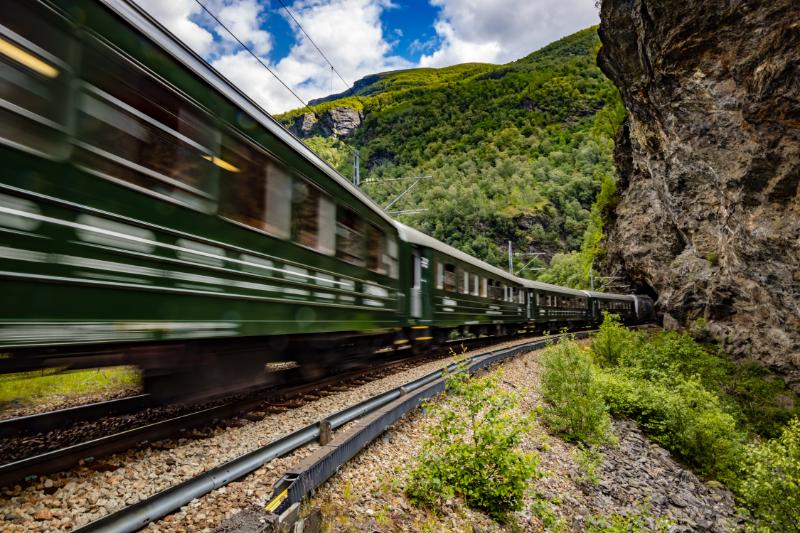
Norway ranks among the priciest places worldwide. It’s more expensive than most of Europe, including neighboring Sweden and Denmark. Only a few spots like Switzerland might hit your wallet harder.
You’ll pay about 20% more for groceries in Norway than in the US. A simple coffee could set you back $5-7. Dining out? Expect to shell out $25-40 for a basic meal.
But it’s not all bad news. Some things cost less. Public transport is cheaper than in many big cities. And healthcare? It’s top-notch and won’t break the bank.
Factors Influencing Prices
Why is Norway so pricey? A few key reasons:
- High wages: Even service jobs pay well, driving up costs.
- Taxes: Norway has hefty taxes to fund social programs.
- Import costs: Most goods come from abroad, adding to prices.
- Oil wealth: This boosts the economy but also inflation.
The remote location plays a part too. Getting stuff to Norway isn’t cheap. And with long winters, heating and electricity bills can skyrocket.
But remember, Norwegians earn more too. The average salary is about $70,000 a year. This helps offset the high costs for locals.
Planning Your Budget for Norway

Norway can be pricey, but with smart planning you can have an amazing trip without breaking the bank. Let’s look at how much you’ll likely spend each day and some ways to save money along the way.
Estimating Daily Costs
For a mid-range budget, plan on spending about $150-200 per day in Norway. This covers a decent hotel room ($80-120), meals ($40-60), and some attractions or transport ($30-50). Oslo tends to be the most expensive city.
Staying in hostels or camping can cut costs to $70-100 per day. On the flip side, luxury hotels and fine dining can easily push daily spending over $300.
Some typical costs:
- Hostel bed: $30-50
- Basic hotel room: $80-120
- Restaurant meal: $15-30
- Beer at a bar: $8-12
- Oslo museum entry: $10-15
- One-way train ticket: $10-30
Money-Saving Tips
You can stretch your budget in Norway with a few smart moves. Buy an Oslo Pass if you plan to visit multiple museums – it includes free entry and public transport. Cook some of your own meals by shopping at grocery stores. Prices there are much more reasonable than restaurants.
Look for free activities like hiking in Norway’s gorgeous national parks. Many museums have free days each month. Consider camping to save on lodging, especially in summer.
For transport, book train tickets early for big discounts. Or try ridesharing apps to split gas costs with other travelers. Avoid taxis when possible – they’re very pricey in Norway.
Traveling in shoulder season (May/Sept) means lower prices on flights and hotels compared to peak summer months. With these tips, you can enjoy Norway’s beauty without emptying your wallet.
Accommodation Costs in Norway
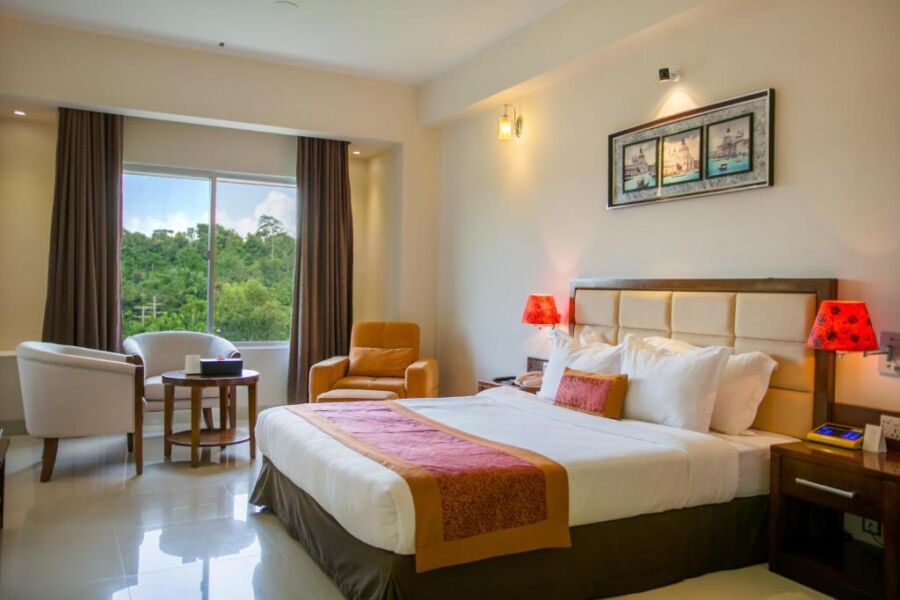
Staying in Norway can be expensive, but there are options for different budgets. You’ll find a range of choices from hostels to luxury hotels, with prices varying by location and season.
Hotels and Hostels
Hotels in Norway aren’t cheap. Expect to pay around $100-$230 per night for a mid-range hotel. Budget hotels start at $60-$80, while luxury options can cost $300 or more. Big cities like Oslo tend to be pricier.
Hostels are a good budget choice. Dorm beds usually cost $27-$40 per night. Private rooms in hostels are more expensive but still cheaper than hotels. They often run $60-$100 for a double room.
Remember, prices go up in summer and during big events. Book early to get better deals. Many hotels include breakfast, which can save you money on food.
Alternative Lodging Options
For a more local experience, try vacation rentals. Apartments or cabins can be a good deal, especially for groups. Prices vary widely but often start around $70-$150 per night.
Camping is a cheap option in summer. Many campsites charge $10-$20 per person. Some areas even allow free wild camping.
Farm stays are another unique choice. They usually cost $50-$100 per night and often include breakfast.
For a splurge, try a snow hotel in winter. These ice hotels are pricey at $300-$400 per night but offer a once-in-a-lifetime experience.
Transportation Expenses
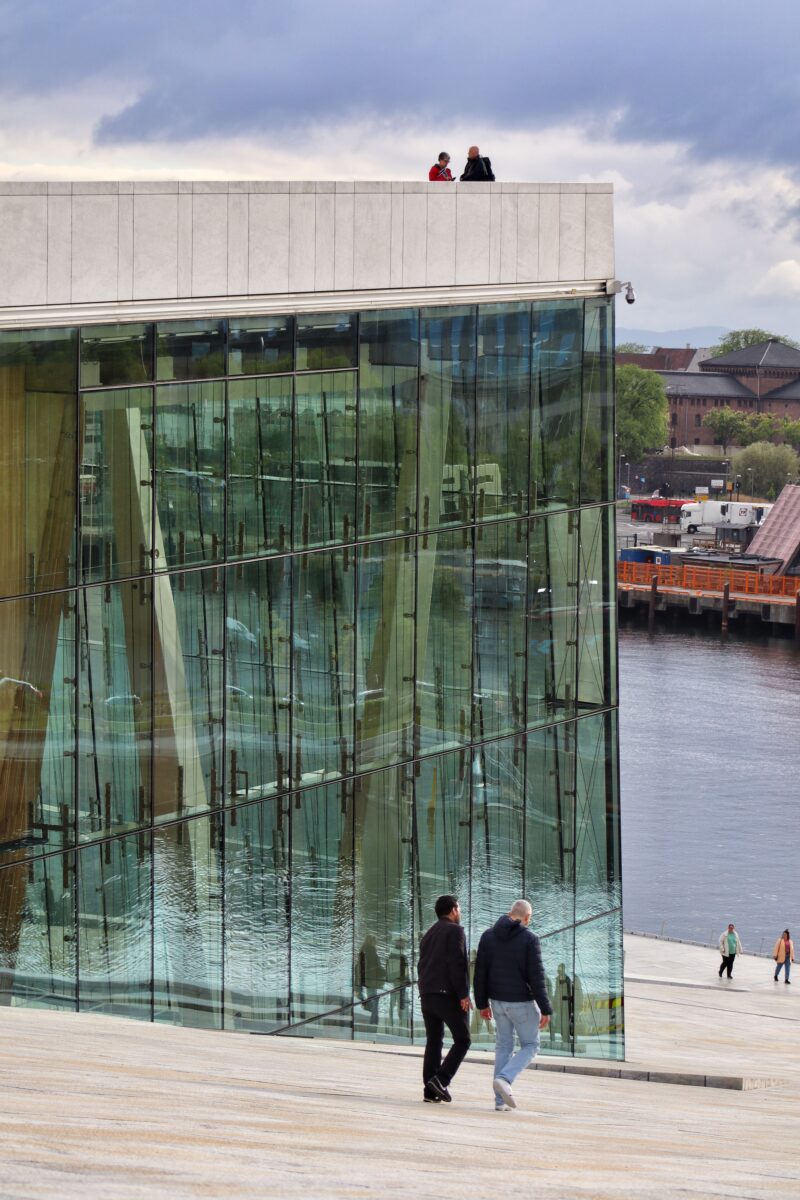
Getting around Norway can be costly, but there are ways to save. Public transport offers convenience in cities, while renting a car gives you freedom to explore. Let’s break down your options.
Public Transport
Norway’s public transport system is efficient but pricey. Buses and trains connect major cities. A one-way train ticket from Oslo to Bergen costs about $100. To save money, buy a Norway Rail Pass. It gives you unlimited travel for a set period.
The Flåm Railway is a must-see. This scenic train ride takes you through stunning fjords. A round trip costs around $70 per person. Book in advance to get better rates.
In cities, single bus or tram tickets cost $4-5. Day passes are often cheaper if you plan to use transport a lot. Oslo’s 24-hour pass is about $12.
Car Rentals and Fuel Costs
Renting a car in Norway is expensive but gives you flexibility. Expect to pay $70-100 per day for a small car. Prices go up in summer. Compare rental deals to find the best price.
Fuel is costly too. Gas prices are around $7-8 per gallon. Plan your route to avoid toll roads, which can add up quickly. Some mountain passes charge $15-20.
Electric cars are popular in Norway. They’re exempt from many tolls and have cheaper running costs. Consider renting one if available.
Remember to factor in parking fees. City centers can charge $3-5 per hour. Look for free parking spots outside town centers to save money.
Food and Dining Costs
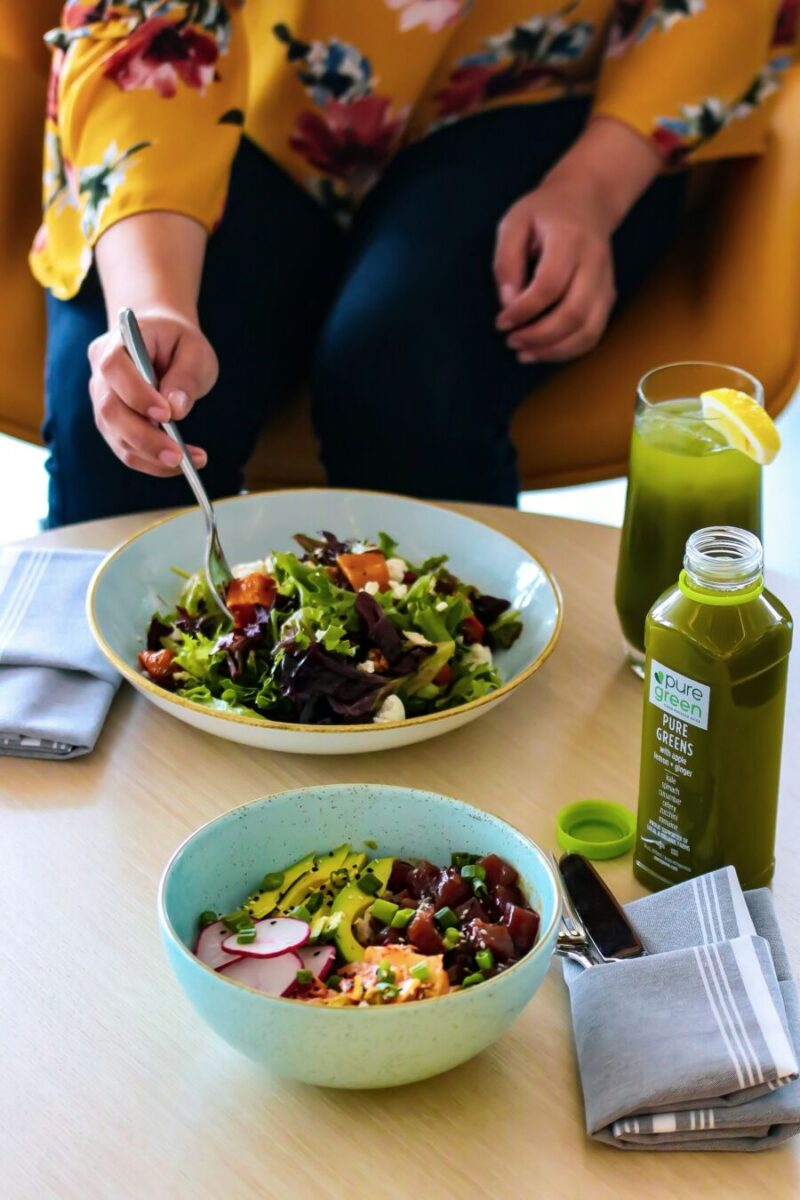
Eating in Norway can be pricey, but there are ways to save money. You’ll find a mix of fancy restaurants and more affordable options. Grocery stores offer good deals if you’re willing to cook.
Eating Out
Dining out in Norway isn’t cheap. A basic meal at a casual restaurant might set you back 150-250 NOK ($15-25). Fast food is a bit cheaper – a combo meal costs about 130 NOK ($12). For coffee lovers, expect to pay around 47 NOK ($4.20) for a cappuccino.
Want to splurge? A nice dinner for two can easily hit 800-1000 NOK ($75-95). Tipping isn’t required, but rounding up the bill is common.
To save cash, try lunch specials or grab food from street vendors. Many museums and attractions have cafes with decent prices. Don’t forget to sample local specialties like fish soup or reindeer steak!
Grocery Shopping
Cooking your own meals is a great way to cut costs. Norwegian supermarkets have a wide selection, though prices are higher than you might be used to.
Here’s a rough idea of what you’ll pay:
- Bread (500g): 25-35 NOK ($2.50-3.50)
- Milk (1 liter): 15-20 NOK ($1.50-2)
- Cheese (500g): 70-90 NOK ($7-9)
- Chicken breast (1kg): 100-130 NOK ($10-13)
For the best deals, shop at budget chains like Rema 1000 or Kiwi. Buying local, seasonal produce can save you money too. Don’t forget to try Norwegian specialties like brown cheese or smoked salmon!
If you’re staying somewhere with a kitchen, cooking a few meals can really help your budget. Plus, it’s fun to shop like a local!
Activities and Attractions

Norway offers a wealth of exciting experiences for visitors. From stunning natural wonders to rich cultural heritage, there’s something for everyone to enjoy.
Cultural and Historical Sites
Oslo’s museums are a must-see. The Viking Ship Museum lets you step back in time with well-preserved Viking vessels. The Munch Museum houses the largest collection of Edvard Munch’s artwork. Don’t miss the Nobel Peace Center to learn about Nobel Peace Prize winners.
Bergen’s colorful Bryggen wharf, a UNESCO World Heritage site, offers a glimpse into the city’s Hanseatic history. Wander the narrow alleyways between wooden buildings and pop into quirky shops.
Trondheim’s Nidaros Cathedral, the northernmost medieval cathedral in the world, is breathtaking. Climb the tower for panoramic city views.
Book tickets to popular attractions in advance to save money and skip lines.
Outdoor Adventures
Norway’s fjords are its crown jewels. Take a cruise through Geirangerfjord or Nærøyfjord for jaw-dropping scenery. Kayaking lets you get up close to waterfalls and steep cliffs.
Hiking is a national pastime. Tackle famous trails like Preikestolen (Pulpit Rock) or Trolltunga for incredible views. Remember to pack proper gear and check weather conditions.
In winter, try dog sledding or snowmobiling in Tromsø. Chase the Northern Lights for an unforgettable experience. Summer brings the Midnight Sun, perfect for late-night adventures.
Book guided tours to make the most of Norway’s outdoor activities safely.
Exploring the Cities

Norway’s cities offer unique experiences without breaking the bank. You can find budget-friendly options and hidden gems that showcase the country’s culture and charm.
Oslo on a Budget
Oslo might seem pricey, but you can still enjoy it without emptying your wallet. The Oslo Pass is a smart buy. It gives you free entry to many museums and attractions. It also covers public transport, saving you money on getting around.
For cheap eats, check out the food halls like Mathallen. You’ll find tasty local dishes at reasonable prices. The Grünerløkka neighborhood is great for bargain hunting and people-watching.
Don’t miss the free sights! The Vigeland Sculpture Park is a must-see. You can also hike in the forests around Oslo for free. The views of the city and fjord are amazing.
Bergen’s Affordable Gems
Bergen, the gateway to the fjords, can be explored on a tight budget. Start with a free walking tour to get your bearings. These tours are tip-based, so you decide what to pay.
The fish market is a cheap spot for lunch. Try some local seafood without the restaurant prices. For a low-cost panorama, take the funicular up Mount Fløyen. Pack a picnic to enjoy at the top.
Bergen’s colorful Bryggen district is free to wander. It’s a UNESCO site with lots of photo ops. On rainy days (and there are many), the KODE art museums offer discounted tickets in the late afternoon.
Trondheim’s Cost-Saving Highlights
Trondheim, Norway’s third-largest city, has plenty of budget-friendly attractions. The Nidaros Cathedral is a must-see. You have to pay an entry fee, but it’s worth it for the history and architecture.
For free fun, stroll across the Old Town Bridge. It’s known as the “Gate of Happiness” and offers great views. The Bakklandet area is perfect for a cheap coffee and people-watching.
Trondheim’s student vibe means you can find lots of cheap eats. Try the cafes around the university for good deals. In summer, pack a picnic and head to the Kristiansten Fortress. The views are free and fantastic!
